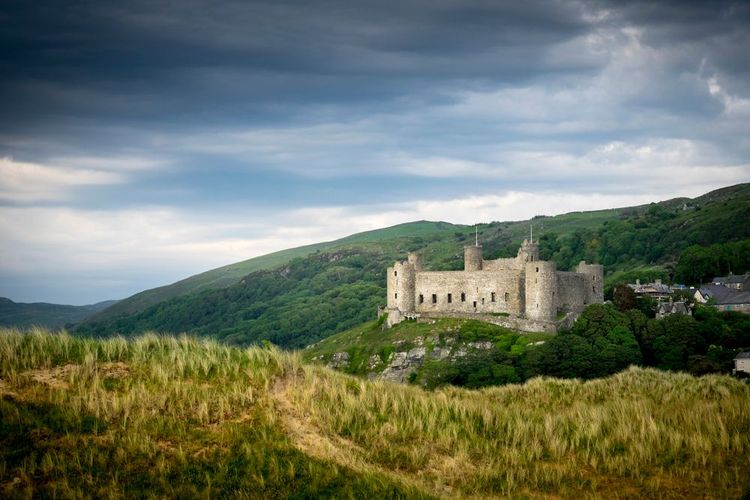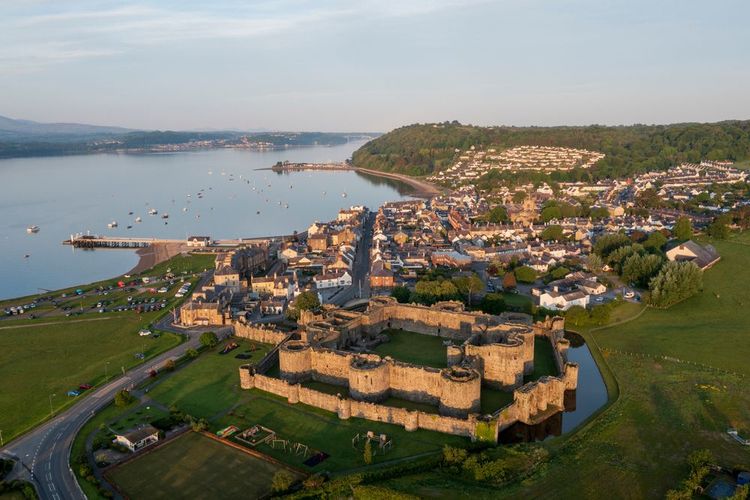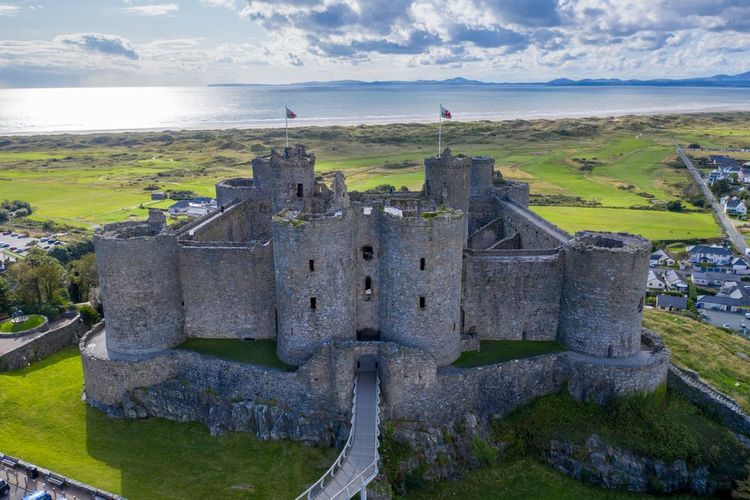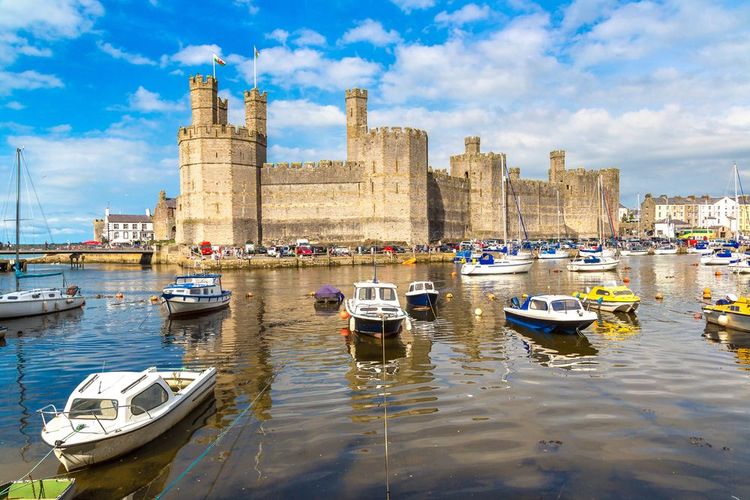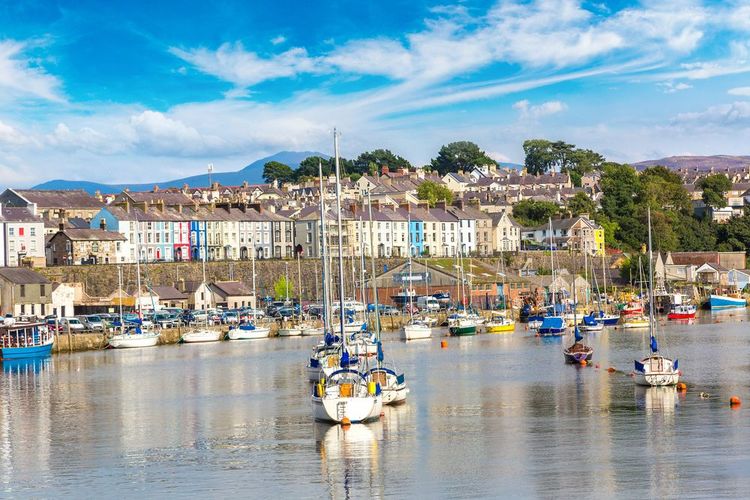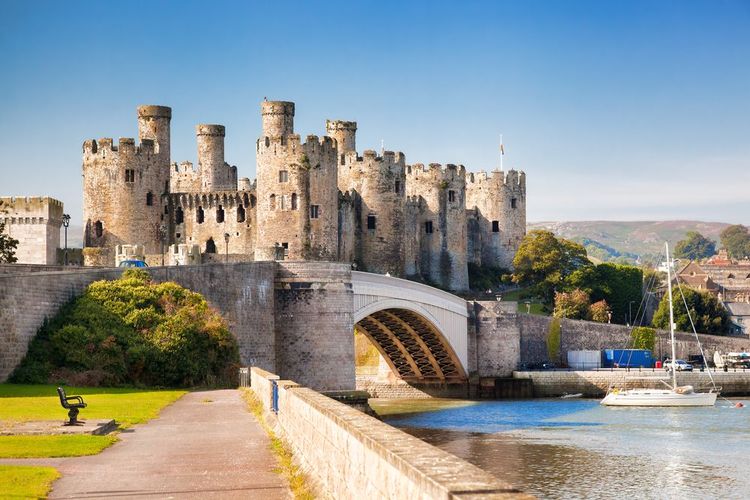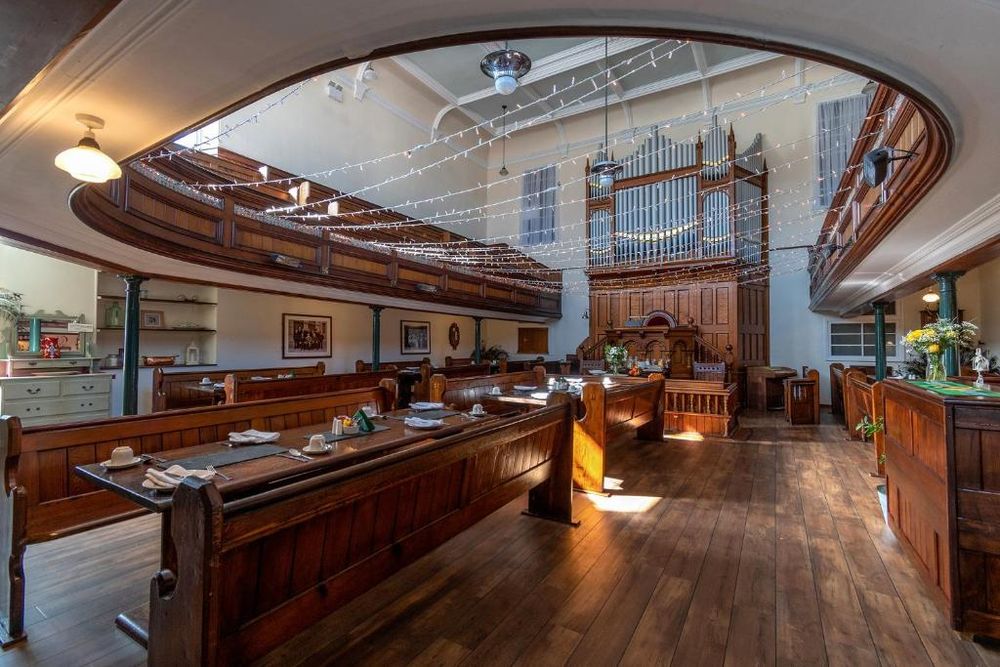The youngest of Edward I’s four castles, construction on Beaumaris Castle began in 1295 under the direction of James of Saint George, a few years after works had begun at Caernarfon, Conwy, and Harlech. Built strategically on the marshland surrounding the Menai Strait out of local stone (the name Beaumaris means “fair marsh”, derived from the Norman-French Beau Mareys), over 2,000 people were employed in the fort’s erection. It was to function simultaneously as a defensive outpost and a royal palace symbolic of English power in the area, hence its gracious yet sturdy concentric design which has long been praised by historians as among the era’s finest and a masterpiece of medieval engineering for its near-perfect symmetry. However, Beaumaris is just as much a testament to medieval ambitious as it is to medieval ingenuity; work on the castle, intended to be Edward I and James of Saint George’s crowning architectural achievements complete with its own dock, was never completed, funds quickly drying up while tensions in Scotland drawing royal attention away. The castle, moat and all, therefore stands still as one of history’s greatest masterpieces that never quite was, a simultaneously humbling and awe-inspiring totem of both one king’s greed and one architect’s brilliance.
 Wales
Wales
